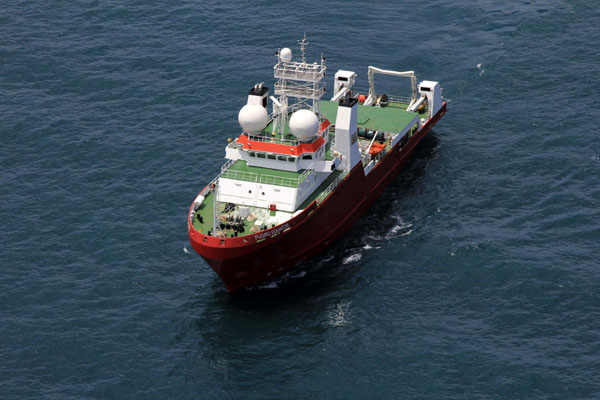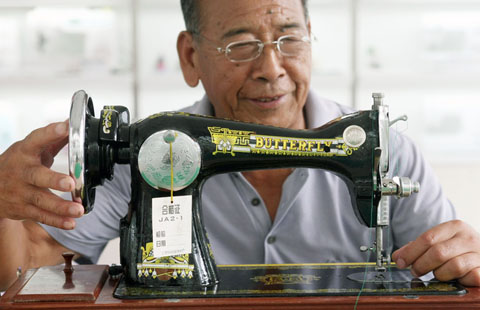
 |
|
Survey vessel Fugro Equator sails offshore Thailand in this picture provided by Fugro Communications Services Team June 20, 2014.[Photo/Agencies] |
Australian Deputy Prime Minister Warren Truss said in a media release that Australia, Malaysia and China jointly made the announcement.
Fugro will use two vessels, equipped with towed deep water vehicles and carrying expert personnel, to undertake the search operations.
The vessels will search the sea floor using side scan sonar, multi-beam echo sounders and video cameras to locate and identify the aircraft debris.
The Dutch company is already conducting a detailed underwater mapping of the search area, along with a Chinese naval vessel.
"We haven't completed the mapping, so we are still discovering detailed features that we had no knowledge of, underwater volcanoes and various other things," said Martin Dolan, the head of the Australian Transport Safety Board, which is heading the search.
"We are finding some surprises as we go through."
The underwater search of the 60,000 square km area is still expected to take up to 12 months to complete. Assets are already mobilizing with Fugro Discovery en route to Perth from the United Kingdom.
Australian Transport Minister and Deputy Prime Minister Warren Truss said on Wednesday that Fugro was selected after "offering the best value-for-money technical solution" for the search.
"I remain cautiously optimistic that we will locate the missing aircraft within the priority search area," Truss told reporters in Canberra.
It is the second contract that Fugro has won from the Australian government in relation to the search of MH370, which vanished on March 8 on its way from Kuala Lumpur to Beijing carrying 239 passengers and crew.
In June, the Australian Transport Safety Bureau (ATSB) has contracted the company to make deep water survey in a defined search area of the south-west Indian Ocean.
Fugro Equator, the company's survey ship, currently acquiring bathymetry data in the search area, will be the second search vessel in the deep water search and will be mobilized when the bathymetry work is completed in mid-September.
The Malaysian government has committed to support the joint search effort with four vessels. The KD MUTIARA, a naval survey ship, will be arriving in late August to join the bathymetric survey work.
Two vessels equipped with side scan sonar and remotely operated vehicles will be integrated into the overall capability for the underwater search being led by the ATSB.
Malaysian naval vessel, Bunga Mas, will continue to support the search, as it has since April, the media release said.
The Chinese vessel, the Zhu Kezhen, continues to work in the southern Indian Ocean, surveying the sea floor. China has committed to the Zhu Kezhen remaining in the search area until mid- September.








